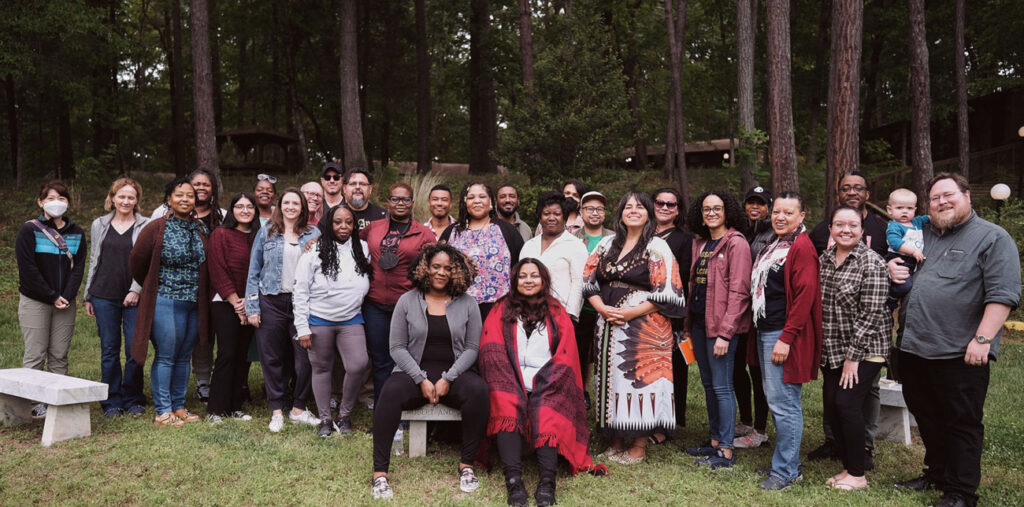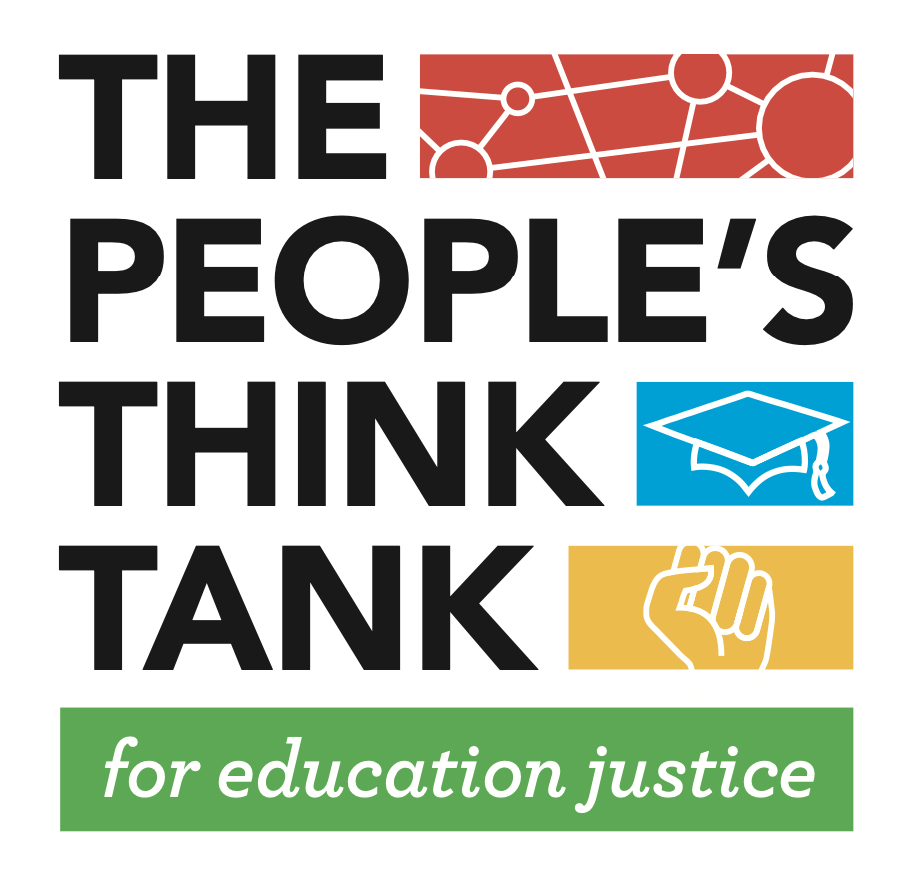The failures of public education towards young people from low-income communities of color lie in deep-seated and interconnected systems of racial, class, gender, and intersectional inequities (Domina et al., 2017). Social justice movements and community organizing groups address systemic inequality by challenging educational inequities rooted in power disparities. Social movements build power for marginalized communities and influence public institutions to adopt more equitable policies and practices (e.g., Amenta et al., 2010; Andrews & Gaby, 2015; Cox, 2018; Piven & Cloward, 1977), including in public schools (Oakes & Rogers, 2005; Warren et al., 2011; Watson, 2012).
We define the educational justice movement as grassroots organizing efforts that build the participation and leadership of those most affected by racial and educational injustices, mainly students and families of color. Such efforts advocate for equity-oriented policy change in alliance with legal advocacy groups, educators, and other actors. They typically operate locally but often connect to advocate at state or federal levels (Warren, 2021).
A key challenge to increasing the impact of community organizing efforts toward educational equity is the single-issue and siloed nature of most organizing campaigns that separate efforts, isolating communities and movements (Warren & Goodman, 2018). Our grassroots think tank identified this challenge as a critical issue for study, and scholars also recognize it as a key obstacle to expanding the influence of social justice movements (Kunreuther & Thomas-Breitfeld, 2015), limiting both policy solutions and the power of groups to win policy changes (Lorde, 2007). In other words, community organizations are weaker when operating separately in each domain (Warren, 2014). Additionally, movements continue to face the challenge of forging solidarity across communities defined by race, gender, disability, or other identity markers to create unified campaigns with inclusive policy solutions (Johnson & Stanford, 2002).

Intersectional analysis (Bilge, 2016; Crenshaw, 1990; Collins, 2000; Combahee River Collective, 1986; Hancock, 2016) highlights the experiences and forms of oppression faced by people who encounter intersecting forms of marginalization and whose issues and participation were historically silenced. Such analysis has led to interrogating power and privilege among movement activists by recognizing that people can be simultaneously privileged along some dimensions and oppressed along others (Fine et al., 2012). Using intersectional analysis, people with intersecting identities have pushed for greater inclusion/leadership in social movements and for movements to address their needs (Crenshaw, 2015; Garza, 2014; Ransby, 2018; Taylor, 2016).
Intersectional organizing holds promise as a strategy for solidarity because, by centering the experience and leadership of people at the intersection of multiple issues, groups can connect these communities and movements (Terriquez, 2015; Terriquez et al., 2018; Warren et al., 2021; Winder, 2018).
